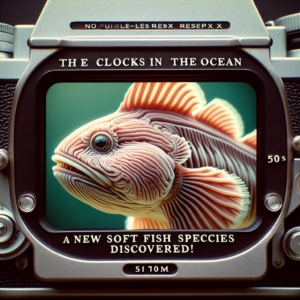Content:
A sundial spits out roses, while withered clocks crinkle under the assault of floral teeth.
In a melancholic mist embroidered with improbable figures, a clock with a faded face was caught wrapping itself around a gigantic cactus, its thorns like needles, trying to contain the relentless flow of time. Observers report that the flowers, of enormous sizes, have begun to devour the local watches with an insatiable hunger.
“The boundary between reality and dream has blurred,” declares Marcel Pinceau, director of the Institute of Biological and Temporal Anomalies. “We are witnessing the emergence of a blurred fauna and flora, where clocks melt like butter in the sun, and flowers are no longer mere passive organisms.”
The locals are divided regarding this phenomenon. Some complain about the unpleasant consequences of a voracious flora, ranging from the loss of their precious watches to the difficulty of telling the exact time. Others, however, seem to embrace the nonchalant rhythm, living with the temporal creatures and even, in some cases, attempting to domesticate the carnivorous flowers.
“In the space of soft infinity, time devours and is in turn devoured,” states a certain Salvador D., a local artist, with an enigmatic smile. “Isn’t that how art and life always function? A grand ballet where the hunter becomes the hunted, the eater is eaten, and the clock is swallowed by the flower of time.”
The future remains to be determined whether this biological and temporal disruption will spread beyond the region or if it will remain confined to this strange corner of the world. It remains to be seen if the flowers will stop biting the watches and give a respite to the hour in which we live.
But for now, the pendulums wave silently as a cactus grips them in a thorny embrace, and the flowers continue their feast of seconds, minutes, and hours, in this surreal landscape – a spectacle both fascinating and frightening.









Be First to Comment